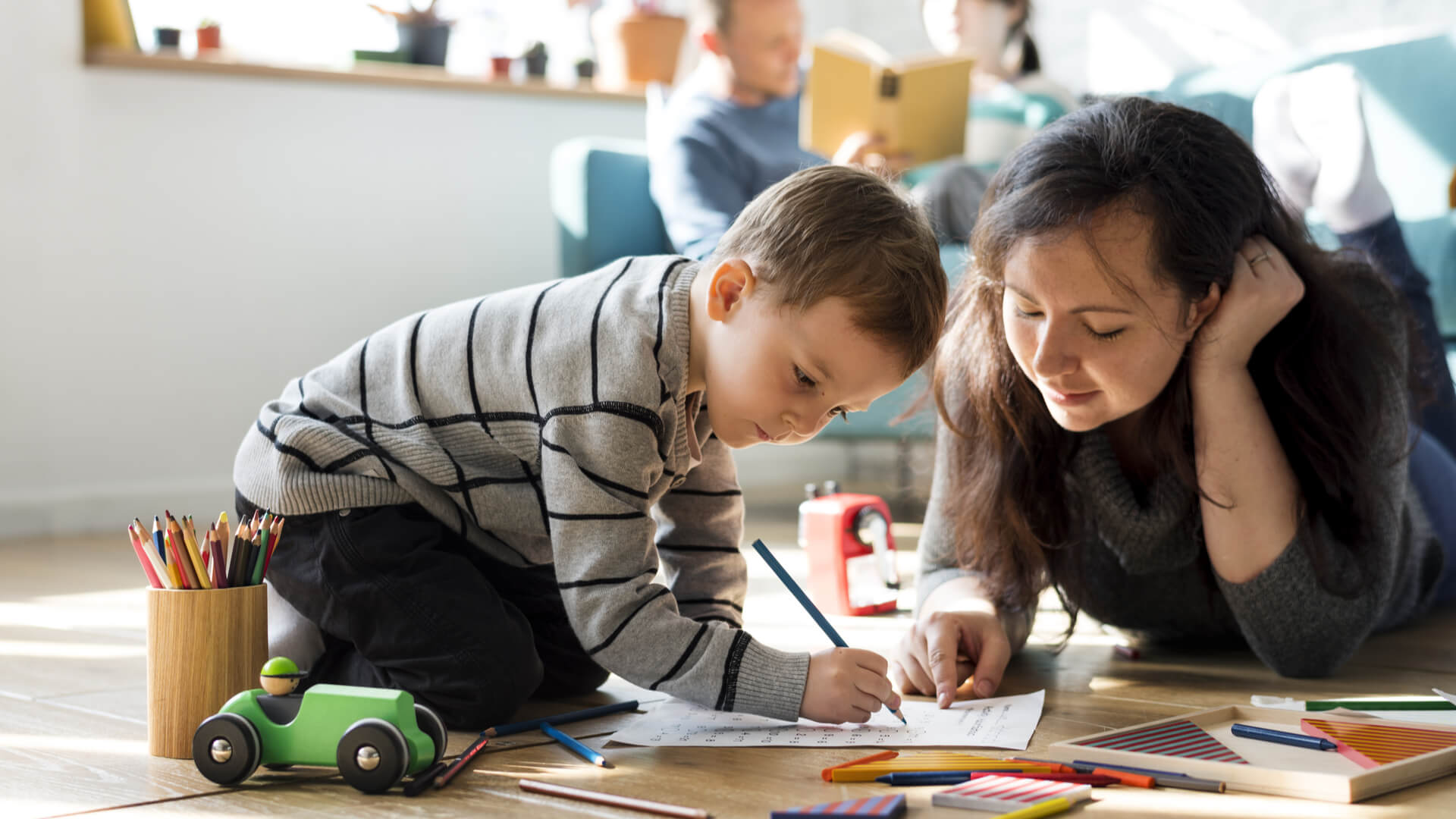Why Toys are Important for Child Development
Jan 31, 2022 Sometimes they are bright, loud, and even annoying, but children love playing with toys! But the question is: Are toys beneficial to a child’s development? Of course, they are! While they may be annoying at times for parents, toys for development are enriching for a child’s imagination and early education.
In This Article
What Makes a Toy Beneficial to a Child’s Development?
Some parents take the minimalist approach to child development toys by only purchasing Montessori toys. While other parents want more interactive and engaging toys for development. Honestly, it all depends on what toys you prefer for your child and your child’s interests and age.
Children learn differently based on their age. Child development toys for babies are much different than toys for preschoolers’ child development. No matter what the child’s age is, simple everyday objects can become beneficial for development!
Boost Your Child’s Speech Development!
Improve language & communication skills with fun learning!

Here’s How Children Interact with Toys Based on Age
Babies (under 1) learn and process information around them through sensory experiences. Everyday objects like playmats, music, and simple toys like rattles are all processed and understood through hearing, feeling, taste, smell, and seeing. For babies 12 months and under, provide early childhood development learning toys like mobiles, blocks, and crawl-around learning centers.

Toddlers (12–24 months) are learning to walk and talk further expanding their problem-solving skills and overall cognition. So, the best toys for development for toddlers consist of toys that incorporate movement and increased cognitive skills. Toys like ride-on, shape-sorting, and toys to help with color and number recognition are perfect for toddlers.
Toys for preschoolers’ child development become more complex. Children from two-years-old to preschool age are learning early educational concepts like letters, colors, shapes, language/writing, and more. Provide toys that introduce these early concepts like alphabet puzzles, STEM activities, and high-tech gadgets.
Benefits of Toys for Development
Fosters Imagination and Creativity
A fire engine is not just a toy. It’s an emergency vehicle driving to the rescue when a child imitates siren sounds and pushes it across the floor to a make-believe house fire. When children are given toys they are allowed to further push their imagination with make-believe play scenes.
If children are given toys for development involving the idea of building something, then they have the opportunity to create something new. (Example: Play-Doh or kinetic sand is formed to make buildings).
Improves Gross and Fine Motors Skills
A baby will start developing fine motor skills by grasping onto toys with a fist. A toddler will then use the same hand muscles developed by grasping to pick up smaller toys with a pincer grip (thumb and index finger). Once a child enters preschool-age, those hand and wrist muscles will be developed enough to hold a pencil or crayon for writing.

Just like small toys help develop fine motor skills, bigger toys like swings, mini trampolines, small bikes, and crawl-through tunnels help develop larger muscle groups. Although these types of bigger toys seem more appropriate for toddlers and preschoolers, children under one can still use crawl-through tunnels and mini trampolines to strengthen large muscle groups in the arms and legs. Kids love these, especially with your assistance of course!
Furthers Cognition Development
Early childhood development learning toys help further cognitive skills like:
- Problem-solving (learning how to connect Lego’s together to create something out of nothing)
- Memorization (child development toys that include numbers, shapes, and letters help a child learn these early educational concepts)
- Attention and focus (if children enjoy the toys they play with their attention span and focus on the toys increases)
Increases Senses
Although sensory play is the method of play and understanding for children under 12-months-old, exploring the senses further is still vital for children over 12-months-old. Developmental toys for preschoolers can include more sensory play objects like kinetic or moon sand, water beads, slime, and sensory bins.
All of these sensory play activities help further children’s understanding of their senses and the environment around them. While sensory play activities may be messy, they are well worth it to develop and enhance a child’s senses as well as their creativity.
Toys for toddlers may be considered by some to be “mind-numbing” and incapable of aiding a child’s development. As a parent, I feel even the simplest of things from tree sticks to toys for development have the potential to enrich a child’s mind. But if you want to include small and large toys to increase your child’s development, look for toys that engage your child’s interests, senses, motor skills, and introduce early educational concepts.
Boost Your Child’s Speech Development!
Improve language & communication skills with fun learning!
